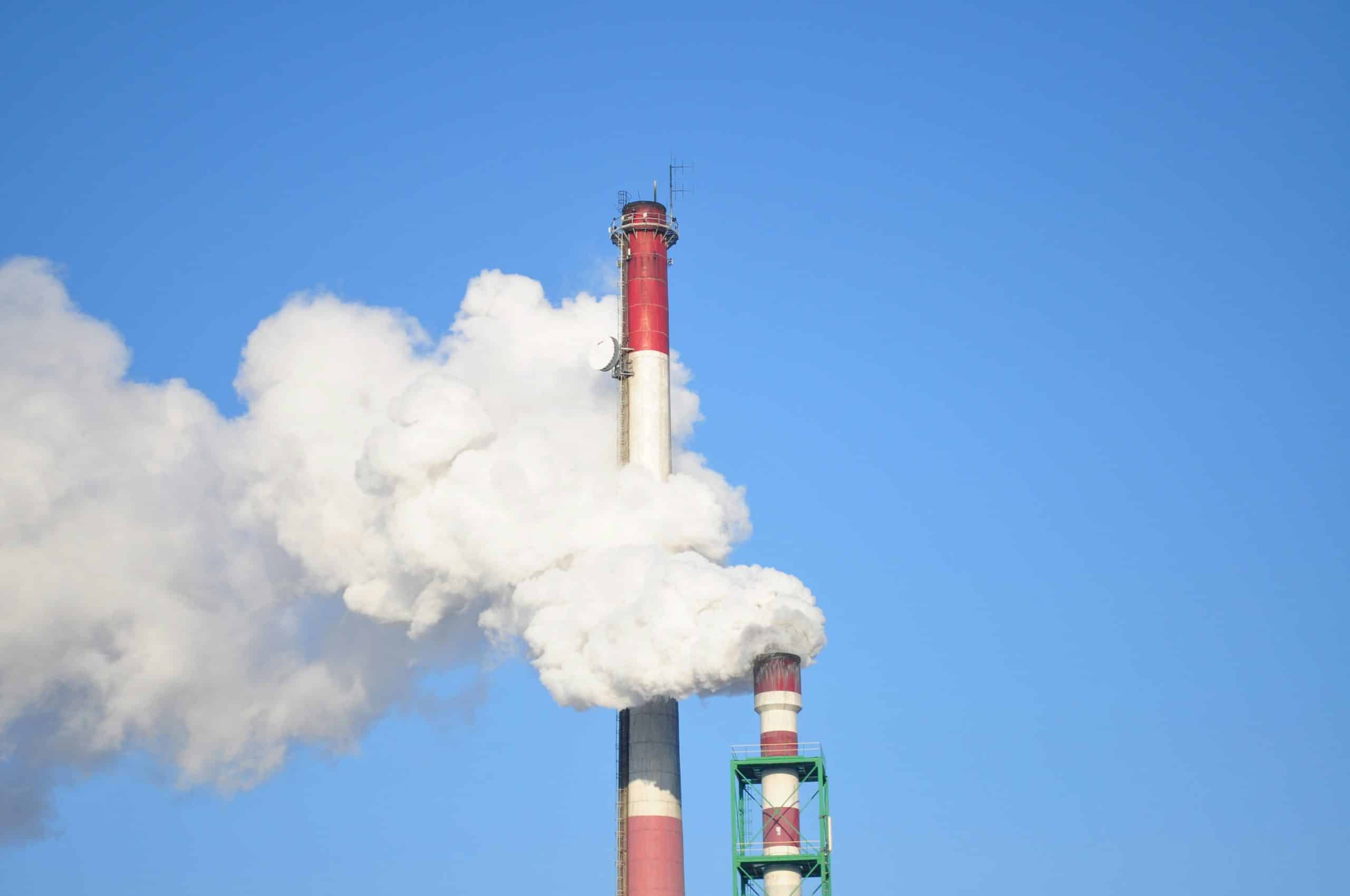The climate change crisis is no longer a distant blare of alarm but a pressing issue knocking at our doors. With the harmful effects of greenhouse gases (GHG) becoming increasingly evident, businesses around the globe are racing to adapt strategies that will not only help them survive but thrive in this changing landscape. Particularly significant is the focus on achieving zero carbon emissions, especially in the traditionally high-emitting manufacturing industry.
In light of this, we explore some of the most effective strategies that UK-based manufacturing facilities can implement to achieve net zero emissions, thereby contributing to a greener and more sustainable global business environment.
A lire aussi : How to Use Predictive Analytics for Retail Inventory Management in the UK?
Understanding the Carbon Zero Jargon
Before delving into the strategies, it is key to understand what achieving zero carbon emissions entails. The term ‘net zero’ refers to the balance between the amount of GHG produced and the amount removed from the atmosphere. A company reaches net zero when the amount of carbon it adds to the environment equals the amount it is removing.
For businesses, this means taking a deep dive into their operations, identifying areas where emissions occur and implementing measures to reduce or offset these. It also often involves collaborating with green energy suppliers and using carbon-based services to aid their journey towards net zero.
Lire également : How Can UK Software Developers Utilize Open Source Projects for Career Advancement?
Optimising Energy Use
One of the fundamental ways to reduce carbon emissions lies in improving energy efficiency and shifting towards renewable sources. This is often the first step many manufacturing businesses take in their journey towards net zero.
Transitioning to renewable energy sources such as wind, solar, and hydroelectric power not only reduces emissions but also offers financial benefits in the long run. Energy efficient machinery and equipment can also drastically reduce the amount of power required, thereby lowering emissions.
Moreover, employing energy management systems (EMS) can provide valuable insights into energy consumption patterns, identifying areas where efficiency can be improved. Regular energy audits also play a crucial role in maintaining optimal levels of energy consumption.
Incorporating Carbon Capture Technologies
Another stellar strategy for manufacturing facilities is the incorporation of carbon capture and storage (CCS) technologies. These involve capturing carbon dioxide (CO2) at its emission source, transporting it, and depositing it where it will not enter the atmosphere, typically underground.
While still a developing field, CCS presents a wealth of opportunities for businesses striving to achieve net zero. It has the potential to capture up to 90% of the carbon dioxide emissions produced from the use of fossil fuels in electricity generation and industrial processes, preventing the GHG from entering the atmosphere.
Greening the Supply Chain
The supply chain often accounts for a substantial portion of a company’s carbon footprint. Therefore, businesses can achieve significant emissions reductions by making their supply chains more sustainable.
This can involve a variety of measures like choosing suppliers who are themselves committed to reducing emissions, adopting more sustainable transportation methods, and minimizing waste. Business can also incorporate circular economy principles by reusing and recycling materials, thereby reducing the need for raw materials and the energy to process them.
Embracing Digitalisation and Industry 4.0
The Fourth Industrial Revolution, or Industry 4.0, is transforming the manufacturing landscape by integrating digital technologies into operations. This includes advanced robotics, AI, and the Internet of Things (IoT).
Embracing these technologies can significantly enhance energy efficiency and thus reduce emissions. For example, smart factories with IoT-enabled devices can monitor and control energy usage in real-time, optimizing efficiency. Advanced robotics, on the other hand, can perform tasks more accurately and efficiently than humans, reducing waste and energy consumption.
Employee Engagement and Culture Change
Finally, achieving net zero emissions isn’t just about technology and infrastructure. It also requires a significant culture change within the company, with employees at all levels understanding and buying into the importance of reducing emissions.
Training programs can be used to educate employees about the impacts of climate change and the role they can play in mitigating it. Promoting a green culture and incentivizing emission-reducing behaviours can also go a long way towards achieving a company’s net zero goals.
In summary, the path to zero carbon emissions is not straightforward. It involves a comprehensive, multi-faceted approach that extends from the operational level to the supply chain, from technology adoption to company culture. Yet, as we face increasing climate threats, it’s a challenge that every manufacturing business must rise to meet, for the sake of their bottom line and the planet.
Implementing Environmental Management Systems (EMS)
Incorporating an Environmental Management System (EMS) can be a game-changer for manufacturing facilities aiming to achieve net zero. An EMS is a set of processes and practices that enable an organisation to reduce its environmental impacts and increase its operating efficiency. This systematic approach allows facilities to establish an effective framework for managing the environmental challenges of their business operations.
By implementing an EMS, companies can monitor their environmental performance, identify areas of improvement, and implement strategies to achieve their emission reduction goals. Moreover, an EMS can help a company comply with environmental regulations, thereby avoiding fines and potential reputational damage.
The framework provided by an EMS can enable a manufacturing facility to understand its environmental impact, set targets for improvement, and establish procedures for achieving these targets. It also ensures that the facility remains accountable and transparent in its efforts to reduce emissions.
From a long-term perspective, an EMS can provide numerous benefits, including cost savings through resource efficiency and a lower carbon footprint. Ultimately, it can aid in transforming the manufacturing facility into a more sustainable and resilient business entity.
Investing in Research and Development (R&D)
In the quest to achieve net zero, research and development (R&D) is of paramount importance. Advancements in low carbon technologies, renewable energy, and carbon capture mechanisms are all products of R&D initiatives. Therefore, investing in R&D can provide manufacturing facilities with the innovations needed to reduce GHG emissions effectively.
R&D can lead to the discovery of new technologies or the enhancement of existing ones, both of which can contribute to emissions reductions. For instance, R&D initiatives can lead to the development of more energy-efficient machinery, better waste management techniques, or improved carbon capture technologies.
Moreover, R&D can also provide insights into the impact of manufacturing processes on the environment, helping companies identify areas where they can reduce their GHG emissions. It can also help in understanding how to make supply chains more sustainable and how to optimise energy use, both of which are critical for achieving net zero.
Conclusion
Tackling the challenge of climate change and striving towards zero emissions is no small feat, especially in the high-emitting manufacturing industry. However, with the right strategies in place, it is achievable. From understanding the intricacies of net zero to implementing energy-efficient practices, from embracing Industry 4.0 to fostering a culture of sustainability, every step counts.
Implementing an Environmental Management System (EMS) and investing in Research and Development (R&D) are also pivotal in this journey. These strategies not only promote sustainable practices but also drive innovation, making them crucial for achieving long-term emissions reductions.
As the threat of climate change looms larger every day, the urgency for manufacturing facilities to transition to low carbon operations becomes even more apparent. Achieving net zero is not just about compliance or the bottom line; it’s about safeguarding our planet for future generations. Through concerted efforts and steadfast commitment, UK manufacturing facilities can indeed become a part of the solution in this global fight against climate change.






